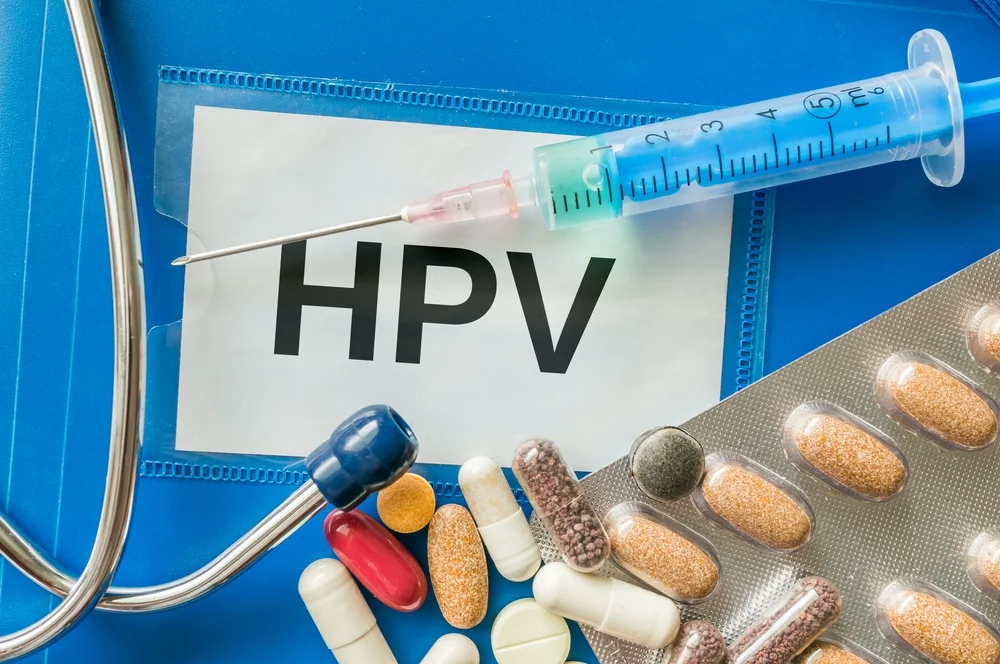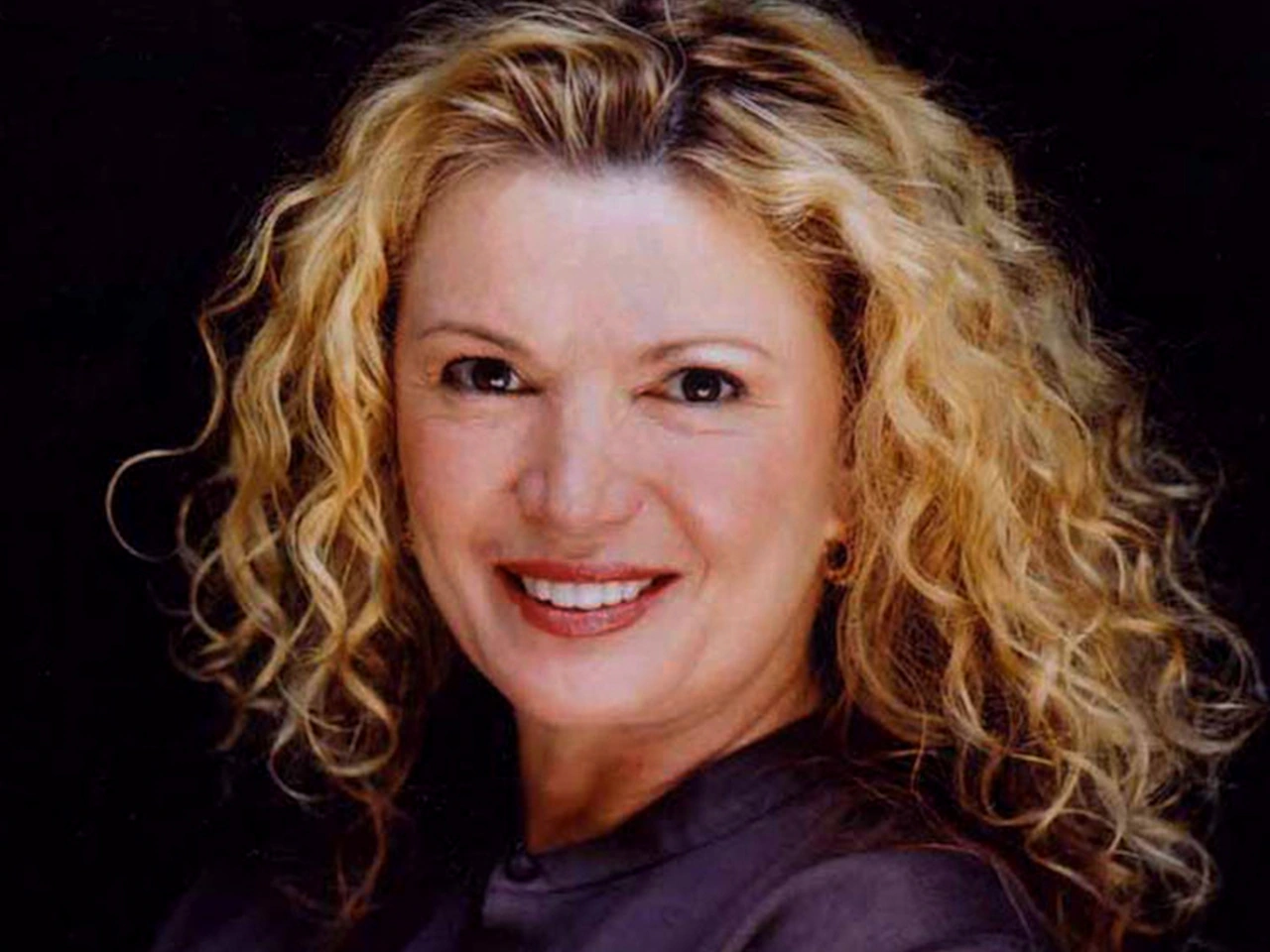Copyright Newsweek

Ashy Bines was 35 years old when she was diagnosed with a brain aneurysm after experiencing sudden vision loss three times in one week. “It was terrifying,” she told Newsweek. “I just knew something wasn’t right.” According to the Brain Aneurysm Foundation, approximately one in 50 people in the United States have an unruptured brain aneurysm—including reality TV star Kim Kardashian. The Skims founder, 45, recently revealed in a preview clip of Season 7 of Hulu’s The Kardashians that her doctors discovered the condition during an MRI scan. What Is a Brain Aneurysm? According to the National Institute of Neurological Disorders and Stroke (NINDS), a brain aneurysm is a weakened area in an artery that bulges outward and fills with blood. This swelling can press against nearby brain tissue and nerves. If an aneurysm ruptures, it releases blood into the brain or surrounding areas—a condition known as a hemorrhage. Any aneurysm has the potential to rupture, which can lead to serious complications such as stroke, brain injury, coma or death. Some aneurysms, particularly small ones, may never rupture or cause symptoms. These are often discovered serendipitously during imaging scans for unrelated medical issues. While aneurysms can develop anywhere in the brain, they most commonly form along the major arteries at the base of the skull. Treatment depends on the size, location and rupture risk of the aneurys; options include surgical repair, minimally invasive procedures, medication-nased management or simply regular monitoring. Ashy Bines’ Story The mom-of-two was diagnosed in March last year and five months later underwent surgery to remove the aneurysm. “While I was waiting for surgery…it was honestly one of the most mentally challenging times of my life. “You are fully aware you’re essentially a ticking time bomb. If it ruptures, you could be gone within minutes. That type of awareness reshapes how you see everything,” she told Newsweek. Bines—from Gold Coast, Australia—documented the day she went into surgery and shared her experience on TikTok (@ashybines), garnering nearly half a million views. She explained how she woke from surgery to unexpected and distressing news. “The surgeons discovered a second aneurysm that we had no idea was there,” she told Newsweek. “I’ve now had both aneurysms treated surgically, and thankfully everything is healing well. From here, it’s lifelong monitoring—I’ll have regular CT scans and MRIs to make sure everything stays stable. “It’s something I’ll always have to stay on top of, but I’m grateful to be able to.” Bines says she feels “stronger, grounded and more present than ever” since last year. "Physically I’ve healed really well and emotionally I live with a deeper appreciation for absolutely everything—my kids, my work, even the little everyday moments.” Risk Factors for Developing an Aneurysm An aneurysm can result from a combination of genetic, medical and lifestyle factors. NINDS notes that the following risk factors can increase the likelihood of an aneurysm, but do not guarantee that one will form. Sex: Aneurysms are more common in women, especially after menopause. Family history: Having a close relative with a brain aneurysm raises risk. Age: They are most frequently seen in adults aged 30–60. High blood pressure: Weakens artery walls, increasing rupture risk. Smoking: Promotes aneurysm formation and rupture. Connective tissue disorders: Weaken arteries. Diabetes and high cholesterol: Contribute to atherosclerosis, raising the risk of "fusiform" aneurysms, which are characterised by giving the blood vessel a spindle-like shape. Drug use: Cocaine or amphetamines elevate blood pressure and risk. Polycystic kidney disease: Associated with aneurysm development. Stress and Brain Health During The Kardashians teaser, Kardashian discusses her difficult divorce from ex-husband Kanye West (now known as Ye). When talking about the “little aneurysm,” she attributed it to stress. While stress is not a direct cause of aneurysms, neurologist Dr. Joel Salinas told Newsweek that it can nevertheless have “profound effects on brain health.” Salinas—who is chief medical officer at Isaac Health, a telehealth platform focused on brain health and dementia—explained why elevated stress can be “dangerous” when living with an aneurysm. “Elevated stress levels increase heart rate and, in turn, elevate blood pressure, which sometimes has the adverse effect of causing damage to blood vessels and weakening blood vessel walls—all of which can lead to a risk of aneurysmal rupture," he said. "Stress can also contribute more indirectly to poor brain health by promoting unhealthy coping behaviors like smoking, poor diet or lack of sleep, all of which further compromise cognitive function.” Salinas added: “Those at a greater risk for aneurysm are smokers, those consistently under high levels of stress, as well as those with certain genetic risk factors, like having a family history of aneurysm.”



